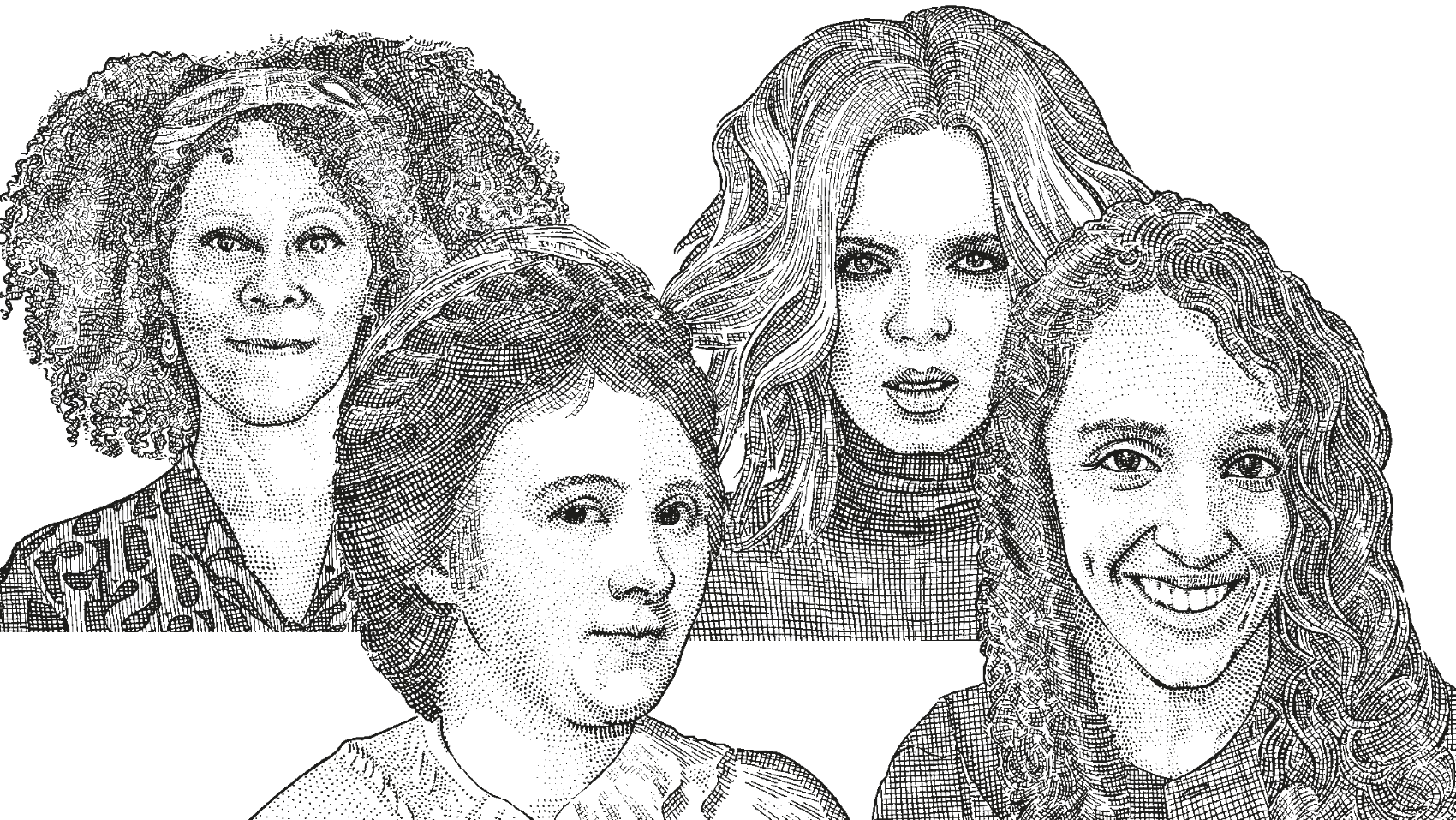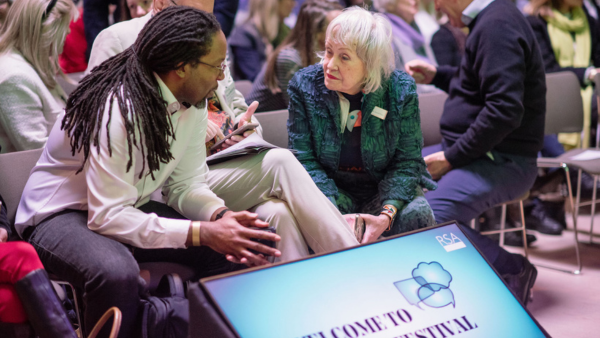I spoke this afternoon to the annual conference of the National Association for Voluntary and Community Action (NAVCA). Not for the first time I thought I would use my blog to mull over my thoughts for the speech.
The talk was entitled ‘unlocking our hidden assets’ and after a quick run round the ‘social aspiration gap’ (which is, arguably growing wider with every new piece of evidence of the scale of austerity to come), I thought I might try to describe the key headings for a strategy of unlocking civic capacity to improve places:
A major shift in public expectations and attitudes: Political leaders in central and local government should develop a clear narrative about, first, the need for citizens to step up to the plate in terms of the gap between social needs and expectations, on the one hand, and public resources on the other and, second, about how Government itself will change to facilitate this shift in norms and behaviours. At various times – particularly around the launch of the Big Society – some of this has been articulated but it is a big and challenging message and will only hit home if it comes front, middle and centre of the political narrative.
A new focus on understanding community assets: RSA projects like ChangeMakers and Connected Communities has shown how much useful knowledge about who makes things happen in communities and how people are (and are not) connected, and about people’s needs and capabilities, is unknown. If we are to start treating civic capacity as an asset we have to understand that asset. An important bonus is that, unlike more traditional social data, information on change makers and social networks seems to be in itself a powerful catalyst for new connections and activities.
Mainstreaming civic intelligence, engagement and mobilisation across public services: The simple fact is that what might still be called ‘the Big Society agenda’ has hardly touched people who run mainstream public services like schools, health services and social care. Indeed the limited aspects of outreach that these services did engage in have been the first to be cut back. As part of fundamental reorientation from meeting needs to managing demand, public sector leaders and senior managers should systematically address the ways in which public attitudes and behaviours help and hinder the achievement of social outcomes and then develop long term strategies to engage, grow and utilise civic capacity (as I argued a few days ago, the example of household recycling shows what can be done).
(As part of the above) Double devolution: Whilst decision makers in Whitehall and (to a lesser extent) Town Hall tend to think of things in terms of uniformity and service silos, every local community is different and the connections between public investment, economic activity and civic engagement are complex and subtle. The more decision making is devolved the more likely we are to see and exploit the connections.
Outcome based innovation, contestability and finance: By opening up data (in usable forms), by creating new forms of social finance and by moving to more flexible forms of commissioning we need to create a platform on which a thousand social innovations can grow.
Social business: From the genuine attempts by some companies to develop strong roots into communities as part of their brand and customer relations (ASDA and Waitrose being lead examples) to the use of the new Public Services (social value) Act to existing and new public services being established as social businesses with scope for commercial development and expansion, there is an urgent opportunity to bring economic/business and social/public service agendas into closer alignment.
A new social economy of place: Taken together these are the elements of what I have called a new social economy of place, a way of seeing and combining public, corporate and civic resources behind a shared mission of creating places which offer the citizens good lives and growing opportunities what will continue far into the future to be testing economic circumstances.
Much of this chimes with aspects of Coalition policy. But not only is the Government inconsistent, half-hearted and unrealistic about moving from grand vision to real change, it may simply be that the scale and pace of cuts make it impossible to reconceptualise and re-engineer Government and public services in time. Instead we may simply have to reconcile ourselves to rising deprivation and a declining quality of life and hope that society can cope without violent dislocation. The odds may be bad but there is no other horse to be backed.
I know a lot of this is big picture stuff but, let’s face it, this is a big picture crisis.
Related articles
-
Nine famous female Fellows inspiring inclusion
Dean Samways
International Women’s Day 2024 invites us to imagine a world where all genders enjoy equality. Where prejudice and discrimination no longer exist. This is the world our work is helping deliver to this and future generations.
-
Fellows Festival 2024: changemaking for the future
Mike Thatcher
The 2024 Fellows Festival was the biggest and boldest so far, with a diverse range of high-profile speakers offering remarkable stories of courageous acts to make the world a better place.
-
Inspired by nature
Rebecca Ford Alessandra Tombazzi Penny Hay
Our Playful green planet team summarises a ‘lunch and learn’ at RSA House that focused on how the influence of nature can benefit a child’s development.




Be the first to write a comment
Comments
Please login to post a comment or reply
Don't have an account? Click here to register.